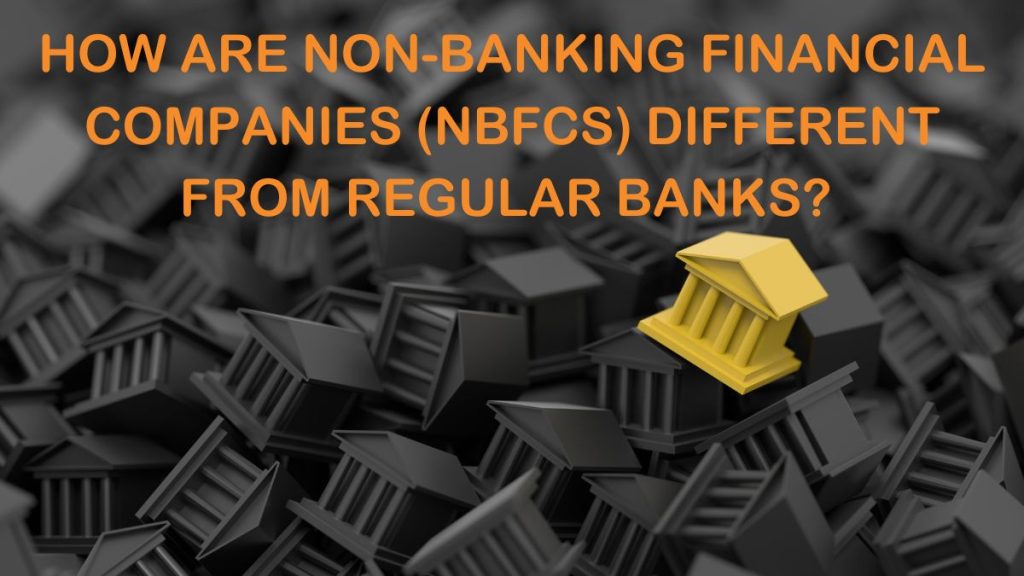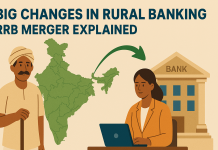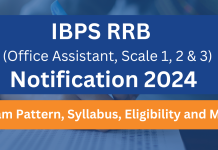When we hear about borrowing money, saving money for the future, or taking a loan, the first thing that pops into our heads is banks. However, banks are not the only game in town. Non-Banking Financial Companies (NBFCs) also give loans, credit facilities, and financial services. Then why the difference? If both lend money and provide financial services, why do we have two different systems? Let’s get into it.

What Are NBFCs and How Are They Different?
NBFCs are financial institutions that provide banking-like services but are not banks. Unlike traditional banks, they cannot accept demand deposits (like savings accounts or current accounts). They mostly focus on loans, asset financing, insurance, investments, and microfinance.
Key Differences Between NBFCs and Banks
| Feature | NBFCs | Banks |
| Regulated by | RBI (but with different rules) | RBI (strict regulations) |
| Deposit Acceptance | Cannot accept demand deposits | Accepts both demand and time deposits |
| Payment and Settlement System | Not part of the payment system (cannot issue cheques) | Integrated into the payment system (issues cheques, drafts) |
| CRR & SLR Requirements | Not required to maintain CRR, limited SLR | Must maintain CRR & SLR |
| Deposit Insurance | No coverage under DICGC | Covered under DICGC (Deposit Insurance and Credit Guarantee Corporation) |
| Foreign Investment | Allowed up to 100% in most cases | Restricted in many cases |
So, in simple terms, NBFCs give loans but don’t run savings accounts, while banks do both.
How NBFCs Work in Contrast to Banks
NBFCs are more flexible in lending, so it is preferred by businesses and individuals alike. It is relatively easier to get a loan from an NBFC than from a bank since NBFCs have fewer regulatory constraints.
For instance:
- Banks have stringent RBI guidelines before they can sanction a loan. NBFCs, however, have less stringent lending standards.
- If an individual who has a poor CIBIL score goes to a bank loan, there is little hope for it. However, most NBFCs do lend even when the credit score is low but at a more expensive interest rate.
- NBFCs concentrate more on personal loans, business loans, gold loans, and automobile financing, primarily for individuals who might find banks refusing them a loan.
- This is because NBFCs have a significant contribution towards financial inclusion, providing credit to small businesses, self-employed persons, and rural borrowers.
The Way RBI Regulates NBFCs Unlike Banks
Although NBFCs fall under RBI regulation, they do not abide by the same stringent rules as banks. Here’s how regulation is different:
Capital and Reserve Requirements
Banks are required to hold a Cash Reserve Ratio (CRR) and Statutory Liquidity Ratio (SLR), so they are required to reserve some portion of money. NBFCs are not required to hold CRR and have lenient SLR provisions.
Deposit and Liquidity Rules
Banks accept all forms of deposits and are insured by deposit insurance, so in case of bank failure, depositors are to some extent protected. NBFCs are not allowed to provide savings accounts, and their deposits (if permitted) are not insured, thus slightly riskier for the customer.
Lending Flexibility
NBFCs can lend more risks since they don’t face the same limitations as banks. They are, therefore, a favorite for loans, particularly for individuals who fail to meet stringent bank requirements.
Why Do NBFCs Matter?
NBFCs have bridged the gaps left behind by conventional banks. They serve:
- Small and new businesses that find bank paperwork difficult.
- Low-credit score individuals who require instant loans.
- Rural loan-takers who don’t have easy access to large banks.
- Real estate, infrastructure, and vehicle finance sectors, in which NBFCs deliver much-needed credit.
- In India, NBFCs such as Bajaj Finance, Shriram Transport Finance, and Muthoot Finance are household names, giving loans quickly with little effort.
Final Thoughts
While banks are the backbone of the financial system, NBFCs play an equally important role by offering credit where banks hesitate. They’re faster, more flexible, and cater to a wider audience, but they also come with slightly higher risks.
So, the next time you’re looking for a loan, you’ll know exactly when to approach a bank and when an NBFC might be a better choice!
ixamBee specializes in providing expert guidance and resources for banking exams 2024, ensuring that you are well-prepared for the Upcoming Bank Exams like RBI Grade B, NABARD Grade B, IBPS SO, and more. Our courses align with the bank exam calendar 2024, covering all the essential topics. With a focus on the upcoming bank jobs, our Previous Year Papers, BeePedia, SSC CGL, SSC CHSL, SSC MTS and other Mock Tests are designed to help you excel in upcoming banking exams.
How RBI Controls Money in the Market: A Simple Guide to CRR, SLR, Repo Rate, and Reverse Repo Rate
2025 Trends in Wealth Management: What’s New This Year?













![List of Latest Appointments in January 2020 [Updated]](https://ixambee.com/blog/wp-content/uploads/2020/02/Add-a-heading-2-218x150.png)

